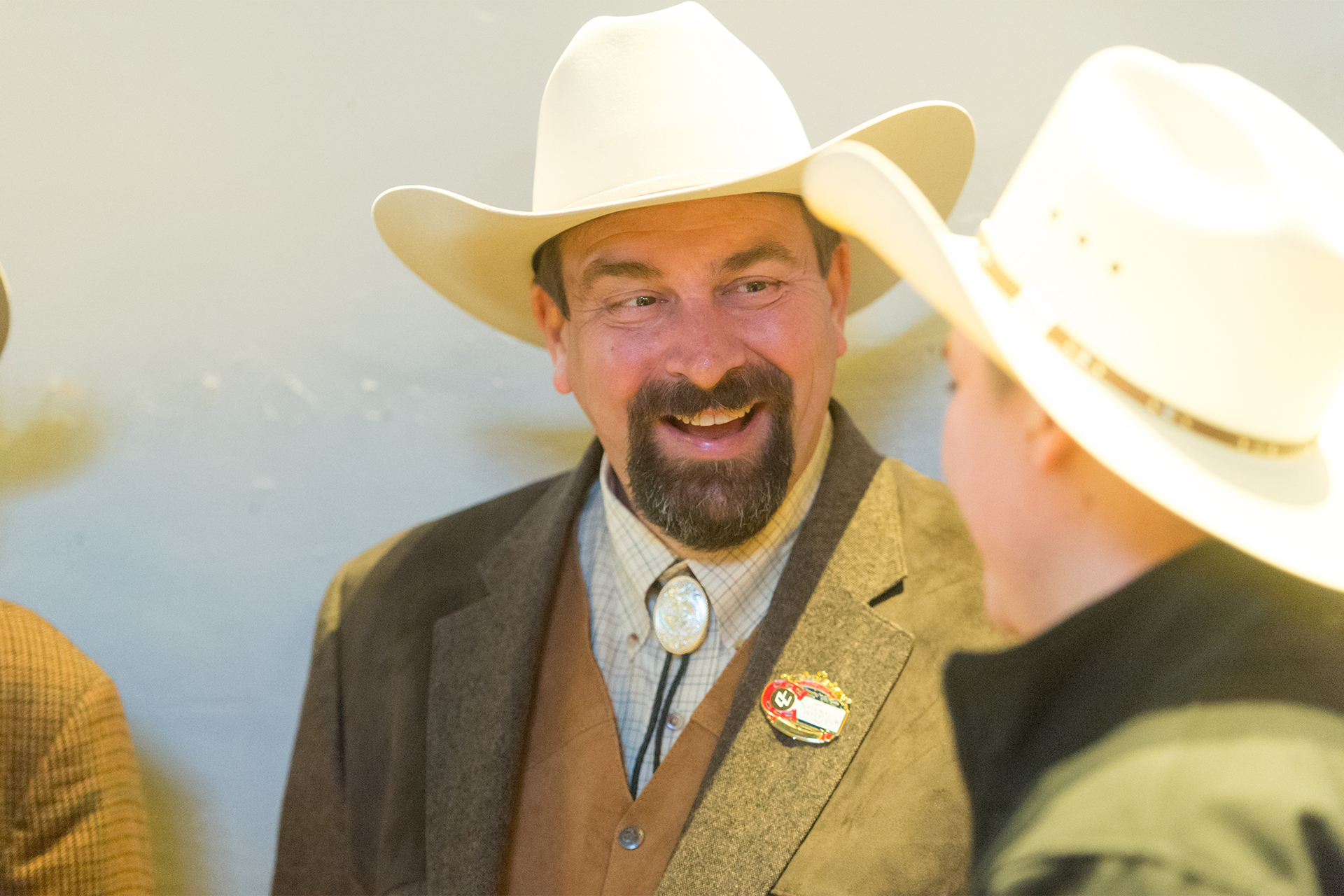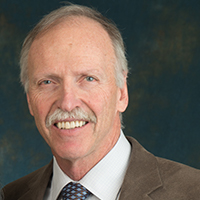
Much is written about leadership. Of the many understandings, I prefer that of leadership as “difference-making.” And indeed, Tony Frank has been not just our president but a powerful difference-maker. One of the important ways he leaves Colorado State University as a far different and far better institution is evidenced by its emergence as a national model for its commitment, strategy, and performance with respect to student success.
Of course, student success efforts could only flourish in a broader environment where learning and equity were highly valued. Tony conscientiously nurtured such an environment. Through statements and actions, he set a standard for how we do things at CSU: with maximum cooperation and collaboration. He made clear who it was we serve: all those with the talent and desire to learn. He persistently and eloquently reinforced what we stand for: quality in effort and outcome, and a genuine commitment to our land grant mission. It was within this context, persistently cultivated by President Frank, that student success became one of CSU’s distinctive trademarks.

At the very beginning of his presidency, Tony was faced with the choice of what to do with the previously received and vetted report and recommendations on student success. The Student Success Initiatives, or SSI as the plan came to be called, had established two ambitious goals: to increase the six-year graduation rates for all those entering as first year students from about 63% to 70%, and to eliminate the gap in graduation rates between students of color and other students, accounting for differences in prior preparation.
Ambitious goals
These were important goals, to be sure, yet in those first years SSI was unproven. Could the plan realistically reach those ambitious goals? Were the goals and activities indeed central to institutional quality? And would the accomplishment of those goals produce benefits sufficient to justify the commitment of time and money? In the face of multiple demands for attention and resources, Tony made the judgment that SSI’s goals, closely connected as they were to the land grant mission and to institutional quality, must be among CSU’s priorities.
From that very first year in office until this last, he and Provost Rick Miranda found ways – during even the toughest budget times – to invest in the Student Success Initiatives and continuously build the infrastructure to support student learning and success. Additionally, Tony highlighted aspects of SSI in nearly every address, keeping the campus focused on the coincidence of student success with fundamental institutional purposes.
Of course, it was Tony’s way not just to encourage the pursuit of student success goals, but also to insist on progress and accountability for results. At periodic meetings, he posed probing questions aimed at assuring that SSI was approaching its endeavors strategically, that it was data informed, that momentum and outcomes were evident, and that benefits exceeded costs.
Observable outcomes
Tony’s persistent commitment to the Student Success Initiatives was validated by its outcomes. The university did exceed the 70% six-year graduation target and dramatically increased the four-year graduation rate. It is on a path to reduce graduation gaps for first generation students, low-income students, and students of color. By several measures, student engagement in learning – both in and outside the classroom – is increasing. The range of supports for learning and success have transformed much of the student experience. And analysis by Institutional Research, Planning and Effectiveness confirms that financial returns for SSI have far exceeded the financial investments.
In the process, CSU has earned a prominent place on the national stage, earning recognitions from the Education Policy Institute, NASPA’s First Forward Institution Designation, and the Association of Public and Land Grant Universities College Completion Initiative, among others.
More important than national reputation, though, are the ways CSU, through Tony’s leadership, changed the student learning experience, the likelihood of successful and equitable degree completion, and our own sense of our institution as one that intentionally creates a culture, structure, and environment conducive to engaged student learning.
Tony’s leadership made the critical difference in the way CSU regards and acts to enhance student success. This is truly one of his important legacies, one that has positioned CSU to produce ever more engaged learners and serve as a national model for student success.